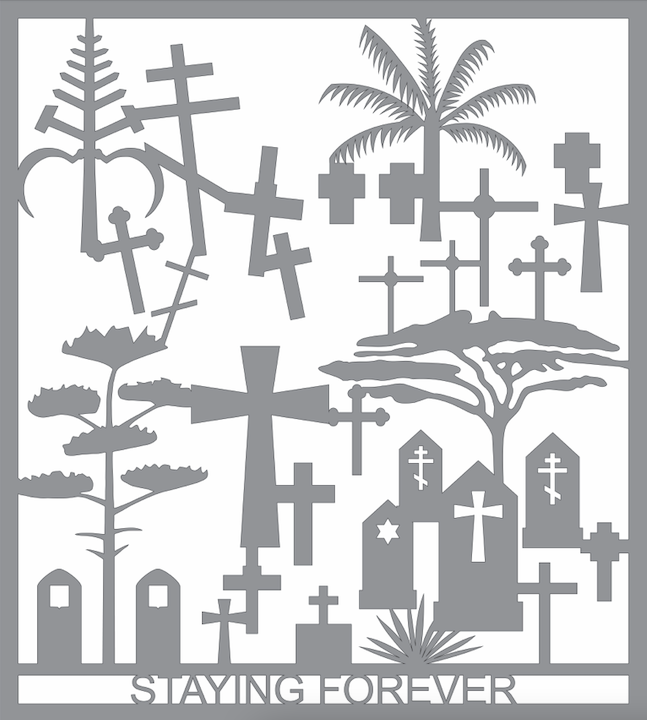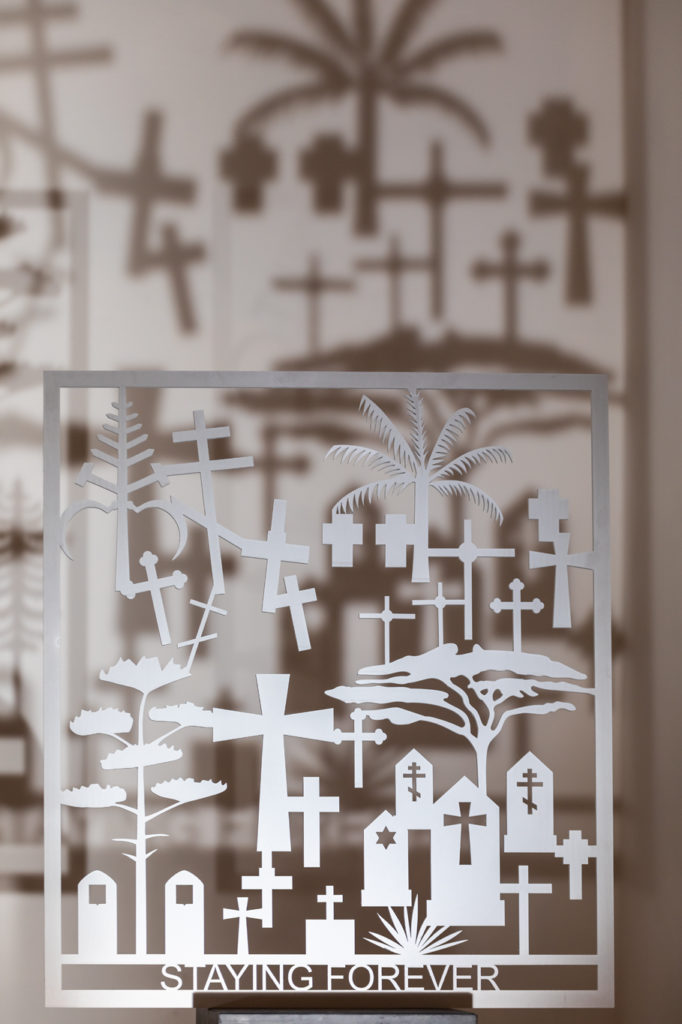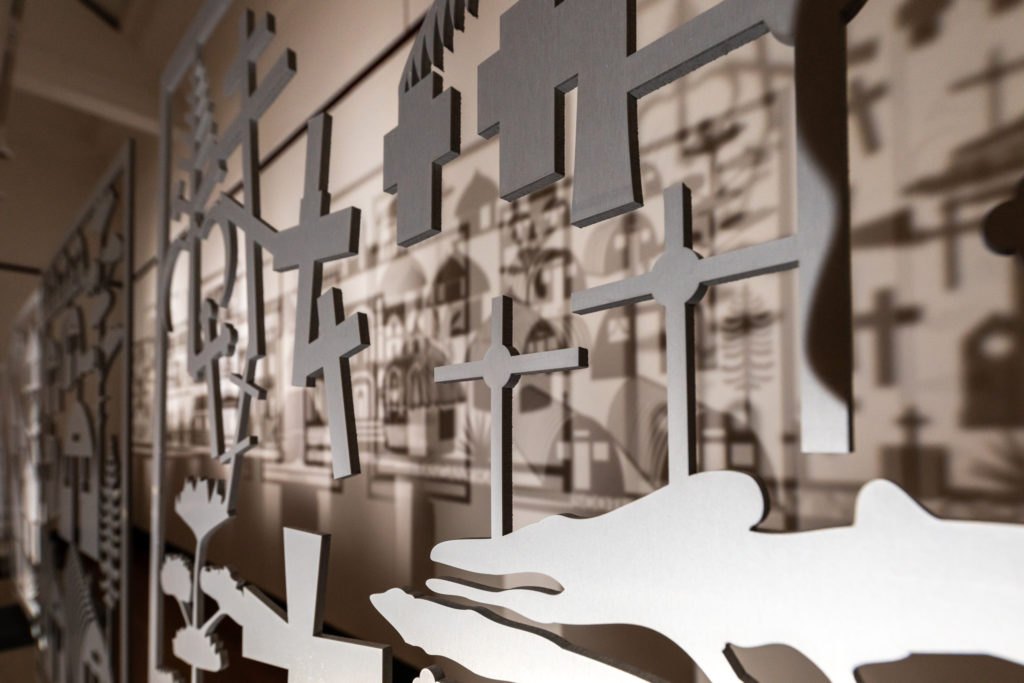
When we think of ‘war graves’, images of neat rows of white crosses marking the final resting place of fallen soldiers might spring to mind. But cemeteries for soldiers represent only a fraction of the burials that take place as a result of conflict – as we know all too well from recent events in Ukraine and many other contemporary war zones. Thousands of civilians are killed in every war; and many die from the secondary impacts of conflict (hunger, illness, cold, lack of clean water, and so on), not just from guns and bombs. It is a mistake to think that people displaced by conflict are necessarily safer than those who stay behind; becoming a refugee is full of risk.
Anna Sokulska Forster’s story bears witness to this. Tragically, there are cemeteries in all the places where Polish refugees stayed, including many graves of children who could not endure the conditions of the long journey. Many men who joined the 2nd Polish Corps died before they could leave the Soviet Union, since conditions in the labour camps and recruitment centres were very poor. Anna’s father was among them. There were many unmarked graves that plotted the route of exile where people died on the journeys and were buried in haste. In their search for somewhere to stay, some forced migrants ended up staying forever in places that had never been their home.
You can find out more about this historic forced migration and its impact on individuals and communities by browsing other sections of this website, where podcast interviews and archival material complement the story told by Diana Forster’s art. For those wanting to learn more, we have compiled a list of suggested reading. The aim of this new art commission is to encourage reflection on contemporary as well as historic forced migrations, and we encourage you to explore some modern migration stories from different parts of the world. We also hope to get conversations going about habits of narrating and representing forced migration in different media. Above all, our aim is to amplify the voices of people with lived experience of displacement, so that they can guide how we understand, talk about and respond to forced migrants in future.

